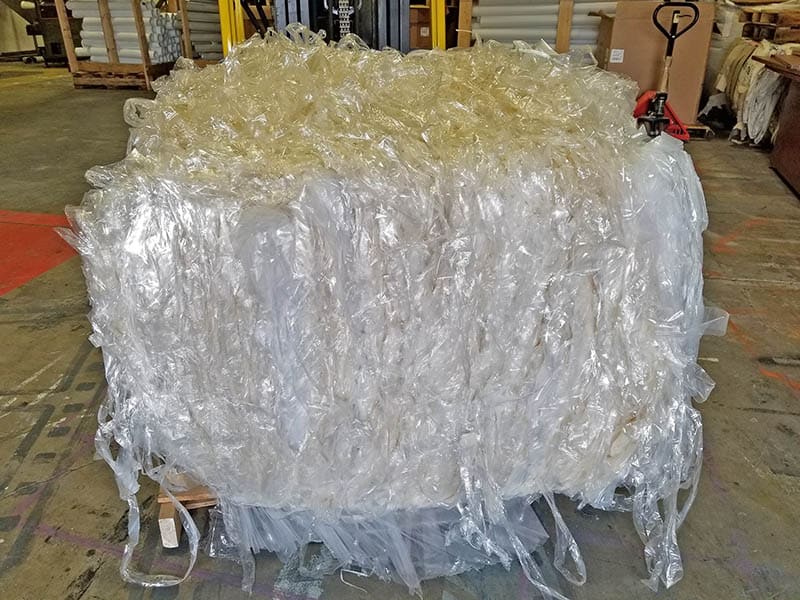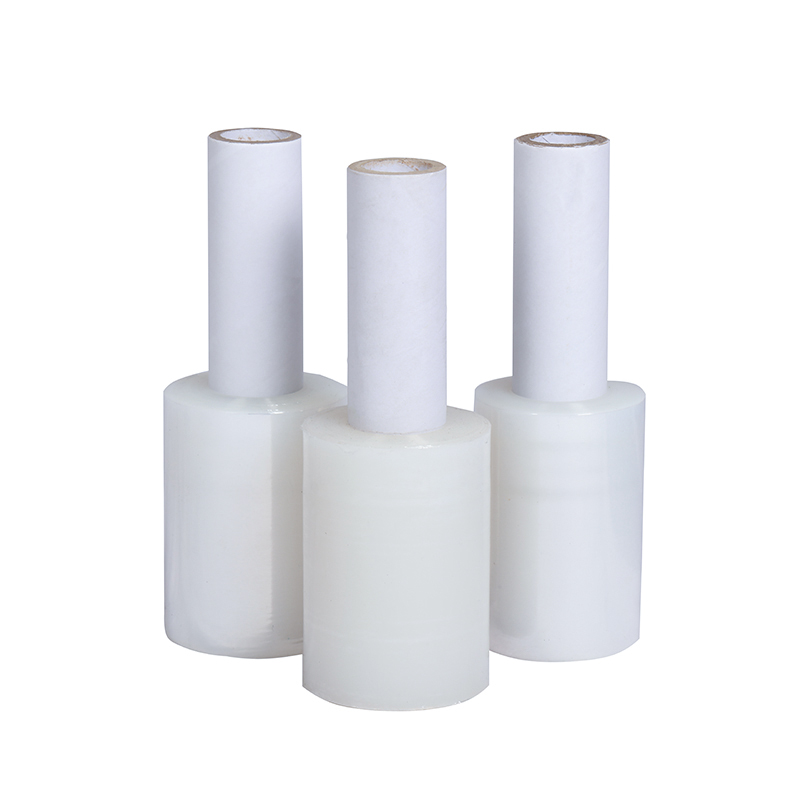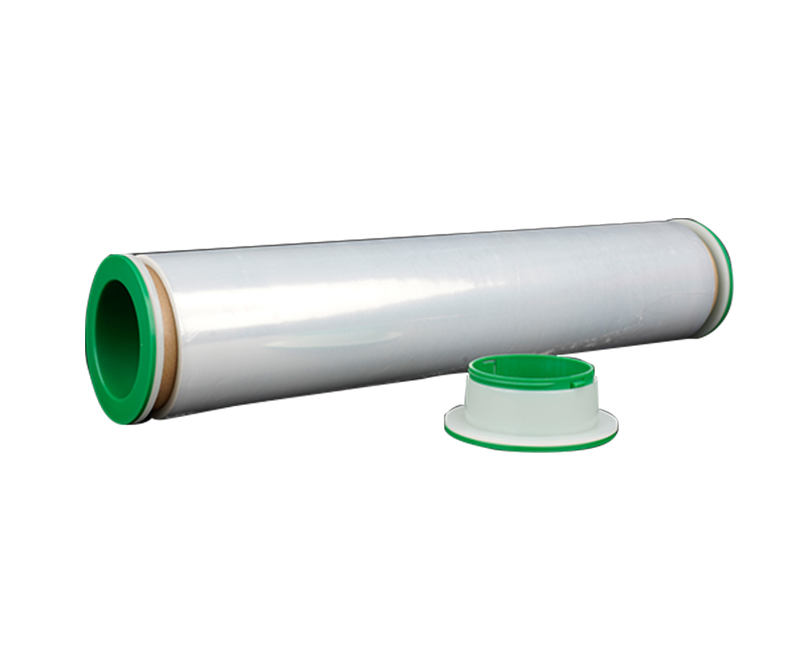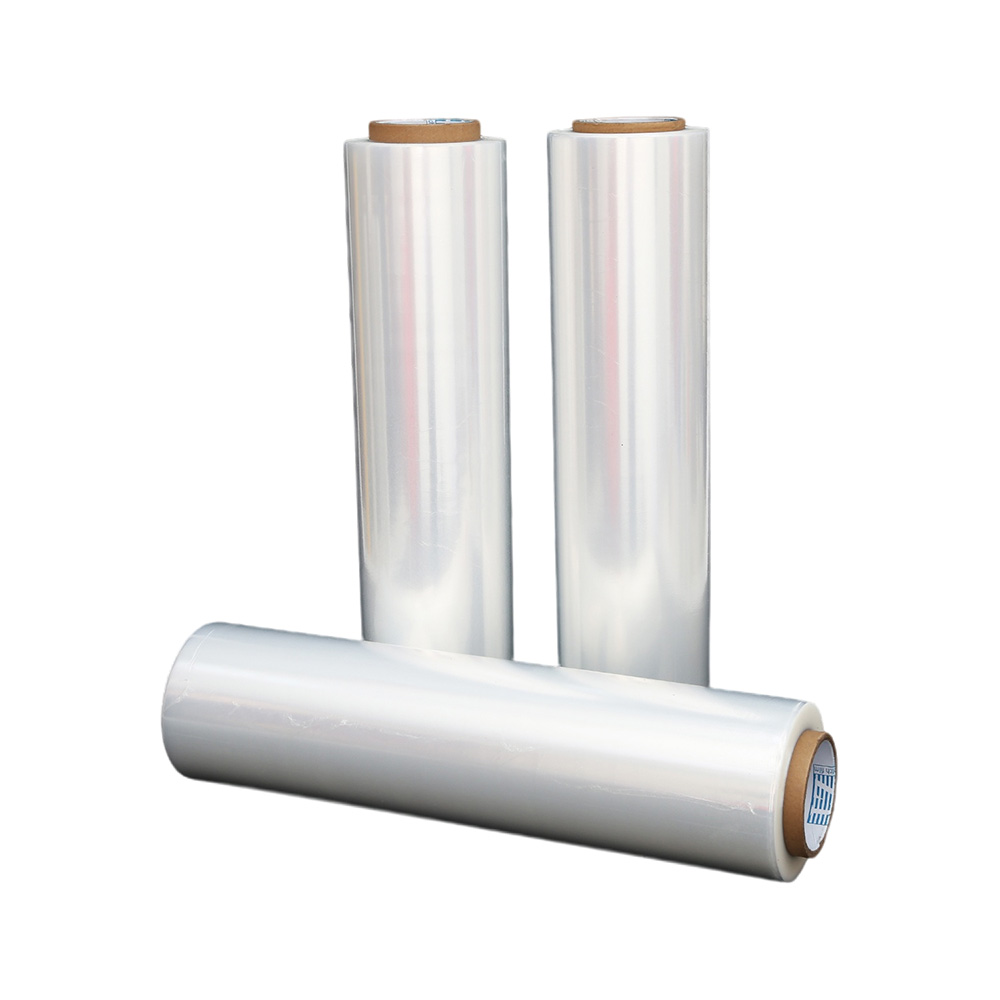Stretch Film Recycling: Your Guide to a Greener Future
Source:Stretch Film Recycling: Your Guide to a Greener FutureTime:2025-07-07Visitors:
Stretch film, an indispensable material in global logistics and packaging, creates a paradox: its utility is matched by questions regarding its environmental footprint once used. The good news is that stretch film is indeed recyclable, primarily through specialized collection programs, although it presents unique challenges due to its material properties and common contamination issues. Understanding these nuances is crucial for businesses and consumers aiming to reduce waste and contribute to a circular economy. This article will explore the essentials of stretch film recycling, addressing common misconceptions and outlining practical steps for effective waste management.
Table of Contents
- Can Stretch Film Be Recycled?
- Why Isn't Stretch Film Accepted in Curbside Recycling Bins?
- What Types of Stretch Film Are Recyclable?
- How Do You Properly Prepare Stretch Film for Recycling?
- Where Can You Recycle Stretch Film?
- What Are the Benefits of Recycling Stretch Film?
- What's the Future Outlook for Stretch Film Recycling?
1. Can Stretch Film Be Recycled?
Yes, stretch film is recyclable, predominantly categorized as a #4 Low-Density Polyethylene (LDPE) plastic, but it requires specific collection streams separate from typical curbside recycling programs. Its molecular structure allows it to be reprocessed into new plastic products, diverting significant waste from landfills and conserving virgin resources.

While technically recyclable, the challenge lies in its collection and processing due to its thin, flexible nature. Unlike rigid plastics (like bottles), stretch film tangles in machinery at materials recovery facilities (MRFs), necessitating dedicated collection methods to ensure it reaches appropriate recycling centers.
2. Why Isn't Stretch Film Accepted in Curbside Recycling Bins?
Stretch film is generally not accepted in most curbside recycling bins because its thin, flexible nature causes it to tangle in the sorting machinery at Materials Recovery Facilities (MRFs), leading to costly operational shutdowns and potential safety hazards. This "tangling hazard" is the primary reason for its exclusion from mixed recycling streams.
Beyond tangling, its lightweight and often contaminated nature also pose challenges. It can blow away easily, get mixed with non-recyclable materials, or be too dirty with food residue or tape to be processed efficiently. These factors make it a "nuisance material" for standard recycling infrastructure, despite being technically recyclable.
3. What Types of Stretch Film Are Recyclable?
The most commonly recyclable types of stretch film are those made from #4 Low-Density Polyethylene (LDPE) or Linear Low-Density Polyethylene (LLDPE), which are characterized by their stretchiness and flexibility. It is crucial to differentiate these "stretchy" films from other plastic films that are not typically recyclable through the same channels.
- Accepted Types (Stretchy Films):
-
Pallet wrap (used in industrial settings for unitizing goods)
-
Grocery bags, bread bags, dry cleaning bags
-
Case overwrap (e.g., around paper towels, beverage packs)
-
Newspaper sleeves, produce bags
-
Bubble wrap, plastic shipping envelopes (ensure deflated)
- Non-Accepted Types (Non-Stretchy or Contaminants):
-
Crinkly Films: Chip bags, frozen food bags, candy wrappers (often multi-layer plastics)
-
Degradable/Compostable Films: These are designed to break down differently and contaminate traditional plastic recycling streams.
-
Heavily Soiled Films: Any film with significant food residue, dirt, or liquids.
-
Films with Non-Plastic Elements: Bags with hard plastic handles, metalized films.
Always look for the How2Recycle® "Store Drop-Off" label on packaging, as this clearly indicates if a film is suitable for specific collection programs.
4. How Do You Properly Prepare Stretch Film for Recycling?
Properly preparing stretch film for recycling involves ensuring it is clean, dry, and free of non-film contaminants like tape, labels, and strapping, as these impurities can significantly degrade the quality of the recycled material. Adhering to these preparation guidelines is critical for the film to be successfully processed.
Follow these essential steps for preparation:
- Clean: Ensure the film is free from food residue, dirt, liquids, or excessive grime. A quick shake or wipe is usually sufficient for most industrial films. Wet film can contaminate an entire batch and reduce its value.
- Dry: Film must be completely dry before collection. Moisture interferes with the recycling process and can lead to mold or mildew.
- Remove Contaminants: Strip off all foreign materials. This includes:
-
Tape: Especially adhesive tape used for sealing.
-
Labels: Paper or adhesive labels.
-
Strapping: Plastic or metal bands used to secure loads.
-
Cardboard: Any attached cardboard pieces or inserts.
-
Styrofoam, Bubble Wrap (non-film type), or other plastics.
- Consolidate: Gather clean, dry film into a larger clear plastic bag (like a grocery bag) before dropping it off. This helps keep it contained and organized for the collection point. Avoid tying it into dense knots.
5. Where Can You Recycle Stretch Film?
Stretch film is primarily recycled through dedicated retail store drop-off programs and specialized commercial recycling services, as it is generally not processed by municipal curbside recycling facilities. These specific collection points are equipped to handle the unique nature of plastic film waste.
- Retail Store Drop-Off Programs:
-
This is the most common and accessible method for both consumers and small businesses. Many large grocery store chains (e.g., Kroger, Publix), mass merchandisers (Walmart, Target), and home improvement stores (Lowe's, Home Depot) have designated collection bins, often located near the entrance.
-
These bins collect clean, dry plastic films for consolidation and transport to specialized recyclers.
- Commercial & Industrial Recycling:
-
For businesses generating large volumes of stretch film (e.g., warehouses, manufacturing facilities), partnering with a commercial waste management company is the most efficient solution.
-
These companies often provide balers or specialized collection services for clean, baled stretch film, which can then be directly sent to film recycling processors. In some cases, clean, high-volume film may even have a commodity value.
- Online Resources:
-
Websites like plasticfilmrecycling.org (for North America) and Earth911.com provide search tools to locate local film drop-off points by entering your zip code.
- Specialty Recycling Centers/Events:
-
Some local recycling centers or community organizations host specific events or have dedicated areas for collecting plastic film. Check your local municipality's waste management website for details.
6. What Are the Benefits of Recycling Stretch Film?
Recycling stretch film offers significant environmental and economic benefits, including reducing landfill waste, conserving virgin resources, lowering carbon emissions, and supporting the creation of new products from recycled materials. These advantages contribute directly to a more sustainable and circular economy.
- Reduced Landfill Waste: Diverting stretch film from landfills prevents it from accumulating and sitting for hundreds of years. This saves valuable landfill space.
- Resource Conservation: Recycling plastic film reduces the need for new virgin plastic production, which conserves finite natural resources like crude oil and natural gas.
- Lower Carbon Footprint: Manufacturing products from recycled plastics generally requires less energy than producing them from virgin materials, leading to reduced greenhouse gas emissions.
- Creation of New Products: Recycled stretch film can be reprocessed into a variety of valuable goods, such as:
-
Composite lumber (e.g., for decking, park benches)
-
New plastic bags and films (non-food grade)
-
Plastic containers, crates, and pallets
-
Drainage pipes and other construction materials
- Economic Impact: Supports the recycling industry, creating jobs in collection, sorting, and reprocessing.
7. What's the Future Outlook for Stretch Film Recycling?
The future outlook for stretch film recycling is optimistic, driven by ongoing technological advancements in sorting and processing, increasing industry demand for recycled content, and evolving regulatory frameworks like Extended Producer Responsibility (EPR) schemes. While challenges remain, efforts are continuously expanding capabilities.
- Technological Advancements:
-
Advanced Sorting: Innovations in optical sorting and robotic systems are improving the efficiency and accuracy of separating various plastic films, reducing contamination.
-
Chemical Recycling: Emerging technologies are exploring methods to break down plastics into their basic chemical components, which can then be used to create new, high-quality polymers, potentially even virgin-equivalent.
- Industry Demand: More brands and manufacturers are committing to using Post-Consumer Recycled (PCR) content in their packaging, creating a stronger market demand for recycled film.
- Policy Support: Extended Producer Responsibility (EPR) legislation, which holds producers accountable for the end-of-life management of their products, is gaining traction. This can incentivize better collection and recycling infrastructure for films.
- Pilot Programs: Research and pilot programs are exploring new ways to collect and process film, including potential advancements that could make curbside collection more feasible in the long term, though widespread adoption is still a significant challenge.
Conclusion
Stretch film, despite its ubiquitous presence and unique challenges, is indeed a recyclable material that plays a vital role in our journey towards a more sustainable future. Understanding that it requires specialized collection, distinct from typical curbside bins, is the first step toward effective waste management. By properly preparing film and utilizing designated drop-off locations or commercial recycling programs, businesses and consumers can significantly reduce landfill waste, conserve valuable resources, and contribute to the circular economy. The ongoing advancements in recycling technology and increasing industry commitment promise an even brighter outlook for stretch film's recyclability.
At Dongguan Zhiteng Plastic Product Co. Ltd., we are deeply committed to sustainable packaging solutions and responsible material lifecycle. With 17 years of experience in manufacturing high-quality stretch films, we not only produce efficient and durable films for all your logistics needs but also focus on materials that support recyclability. Our expertise extends to advising clients on best practices for film usage and end-of-life management, helping you optimize your operations while embracing environmental stewardship.
Recommended Products
Ranked in the same article
- how to use the stretch film technology to r
- How can we get detailed price list?
- Five common quality problems of PE protecti
- Plastic film degradation
- How to guarantee punctual shipment for our
- Gauge to Micron and Millimetre Conversion G
- What is the difference between stretch film
- Testing the permeability of stretch film
- Stretch film temperature requirements
- Electrical wire film VS electrostatic film
- Why insufficient transparency of stretch w
Latest news articles
- What is the Difference Between Magic Tape a
- Bundling Stretch Film: Optimize Your Packag
- Stretch Film Wrap: Unraveling Its Benefits
- Factors affecting viscosity of PE stretch f
- The Ultimate Guide to Choosing the Right Ma
- How can PE stretch film be cut better?
- Advantages of white engineering film
- How to check the quality of PE stretch film
- The 133rd Spring Canton Fair
- What Properties Ensure Effective Cold Chain
- The significance of using PE electric wire



